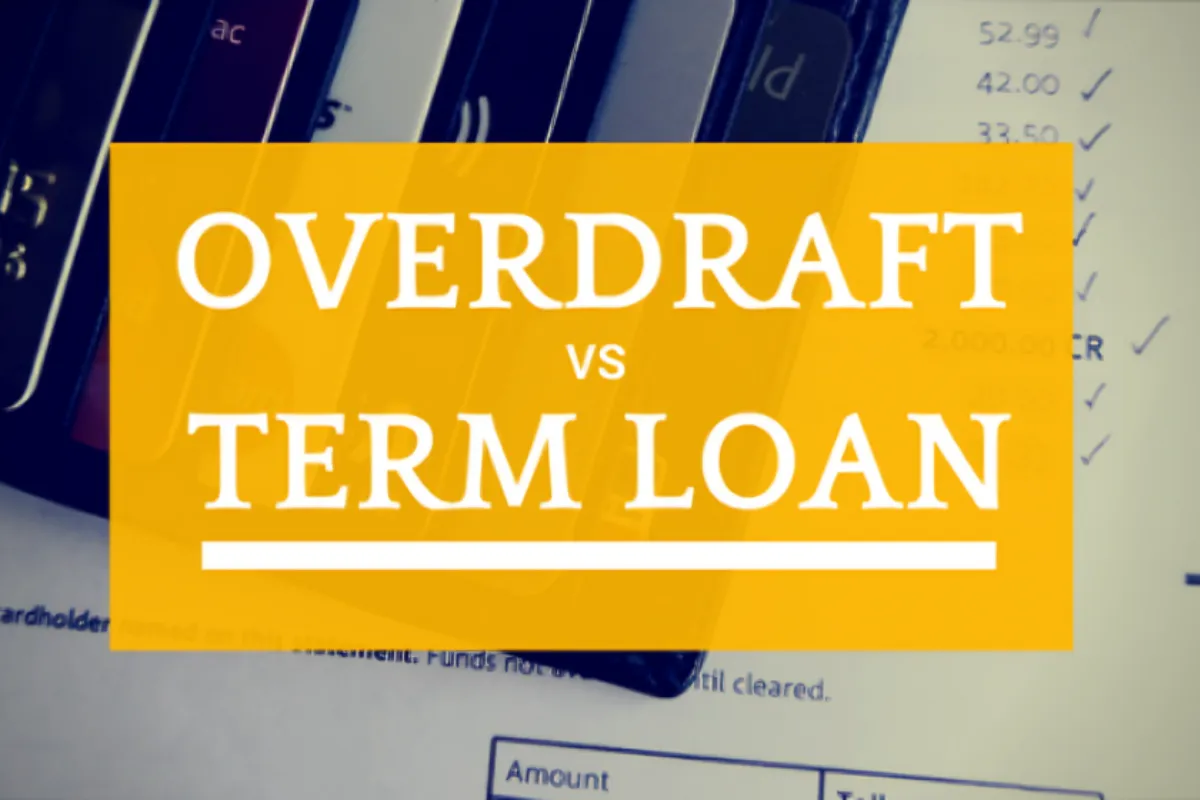Overdraft vs Term Loan: In times of financial urgency, individuals often tap into their savings or seek assistance from family and friends. However, when these options are not viable, turning to a lender becomes necessary. When approaching a lender, individuals are presented with two primary choices: a term loan or an overdraft (OD). This article aims to elucidate the disparities between these options, helping individuals make informed decisions based on their financial needs.
Understanding Term Loans: A Fixed Repayment Structure
A term loan is a fixed-amount loan with a predetermined repayment schedule. Borrowers secure this loan from banks, non-banking finance companies (NBFCs), or other financial institutions. The interest rate and repayment terms are established at the loan’s inception. Monthly equated installments (EMIs) encompass both interest and principal repayment.
Types of Term Loans
- Secured Loan:
- Requires collateral, often resulting in a lower interest rate.
- Examples include home loans, commercial vehicle loans, and car loans.
- Unsecured Loan:
- Lacks collateral, typically associated with higher interest rates.
- Examples include personal loans, credit cards, education loans, and business loans.
Exploring Overdrafts: Flexible Credit Limits
An overdraft is a credit facility offered to individuals and businesses with savings or current accounts. Unlike a term loan, interest is calculated solely on the withdrawn amount from the overdraft limit. Borrowers receive a credit limit and are charged interest only on the utilized portion.
Key Differences Between Term Loans and Overdrafts
- Interest Calculation:
- Term Loan: Monthly interest on the entire loan amount.
- Overdraft: Interest calculated only on the withdrawn amount.
- Duration:
- Term Loan: Extends from 5 to 20 years or more.
- Overdraft: Typically short-term, ranging from one to six years.
- Tax Exemption:
- Term Loan: Eligible for tax exemptions, e.g., home and education loans.
- Overdraft: No tax exemptions for repayment.
- Disbursement Speed:
- Term Loan: Takes time for disbursement.
- Overdraft: Rapid approval and disbursement, often within hours.
- Repayment Structure:
- Term Loan: Monthly EMIs.
- Overdraft: Flexible repayment – one-time or multiple transactions.
Choosing Between Term Loans and Overdrafts
While there’s no direct comparison, the choice depends on the amount and duration required. For substantial amounts or longer durations (e.g., home purchases or education funding), a term loan is suitable due to lower interest rates. Conversely, for smaller amounts and shorter durations, an overdraft may offer flexibility.
Keep watching our YouTube Channel ‘DNP INDIA’. Also, please subscribe and follow us on FACEBOOK, INSTAGRAM, and TWITTER
